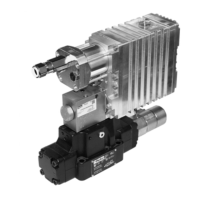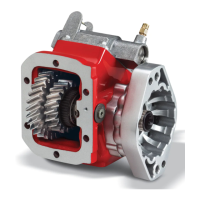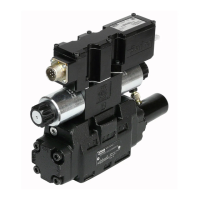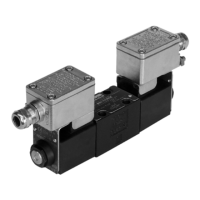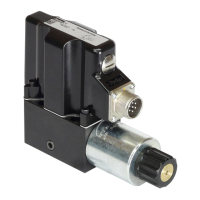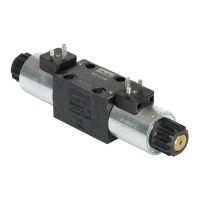pull-down resistor
A resistor that connects an input to a ground reference so that an open circuit can
be recognized by the microprocessor, which is typically used on active-high
digital inputs or analog inputs.
pull-up resistor
A resistor that connects an input to a voltage reference so that an open circuit can
be recognized by the microprocessor, which is typically used on active-low digital
inputs or analog inputs.
pulse counter
A device that detects and counts pulses occurring on a frequency input for a given
period of time.
pulse-width modulation (PWM)
A digital logic circuit programmed to produce a pulse having any desired period
or duty cycle. It is a means of controlling variable speed motors. See also duty
cycle.
quadrature
A shaft rotation monitoring technique that provides the speed, position, and
direction of the shaft.
RS232
An inexpensive type of serial communication used on most PC and laptop
computers that doesn't define the communication protocol, making it attractive for
embedded applications. RS232 is an older technology that is slowly being phased
out of production in favor of USB.
sample rate
The rate at which the microprocessor reads analog voltage levels.
sensor power
A regulated voltage output that provides a set voltage level for analog sensors
attached to the product.
shielded twisted-pair cable
A type of cable used for CAN communication that consists of two wires (CAN
high and CAN low) twisted together. These wires are covered by a shield material
(CAN shield) that improves the cable's immunity against electrical noise.
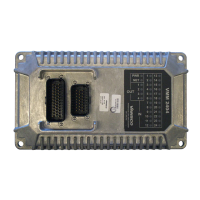
